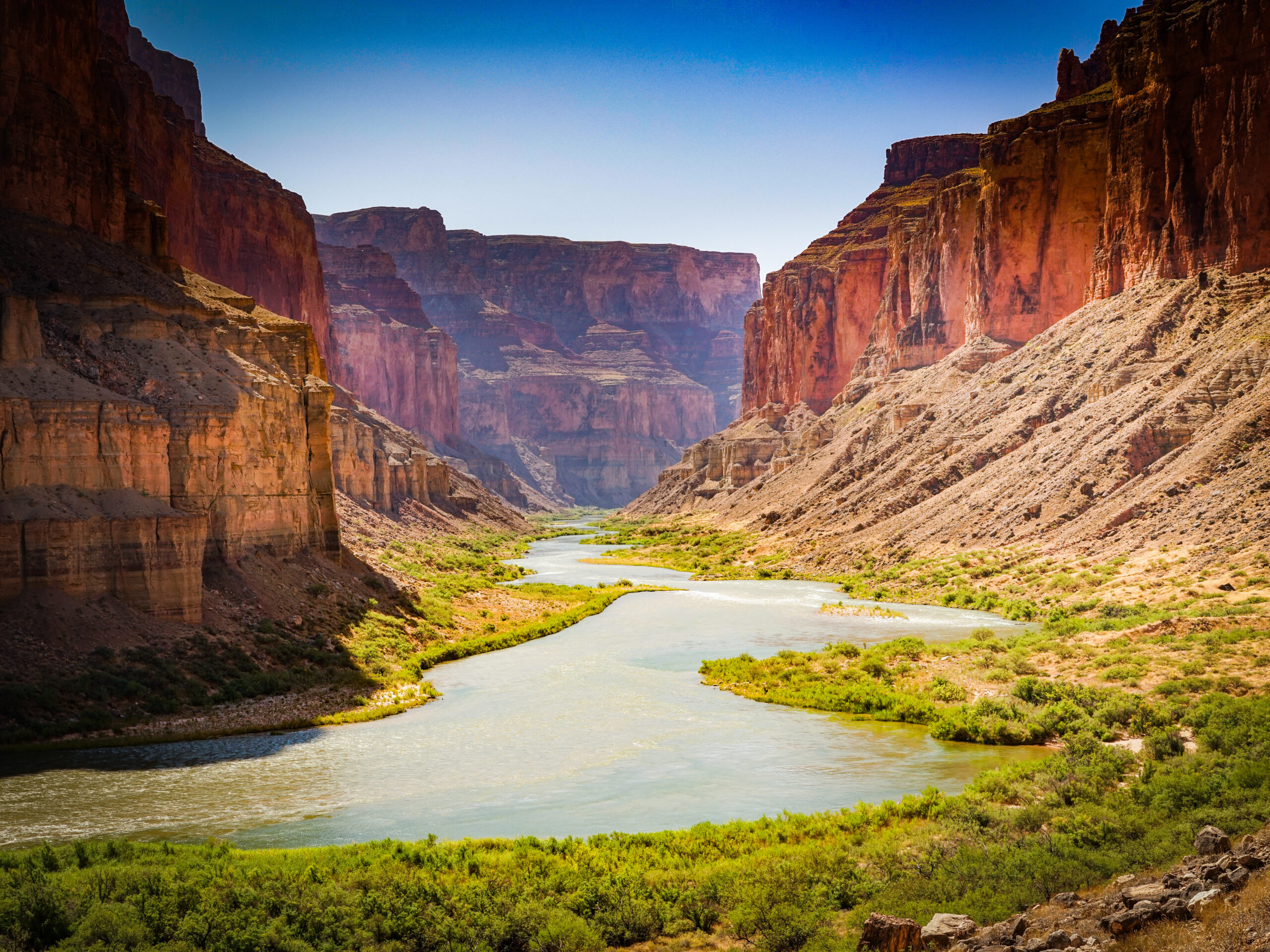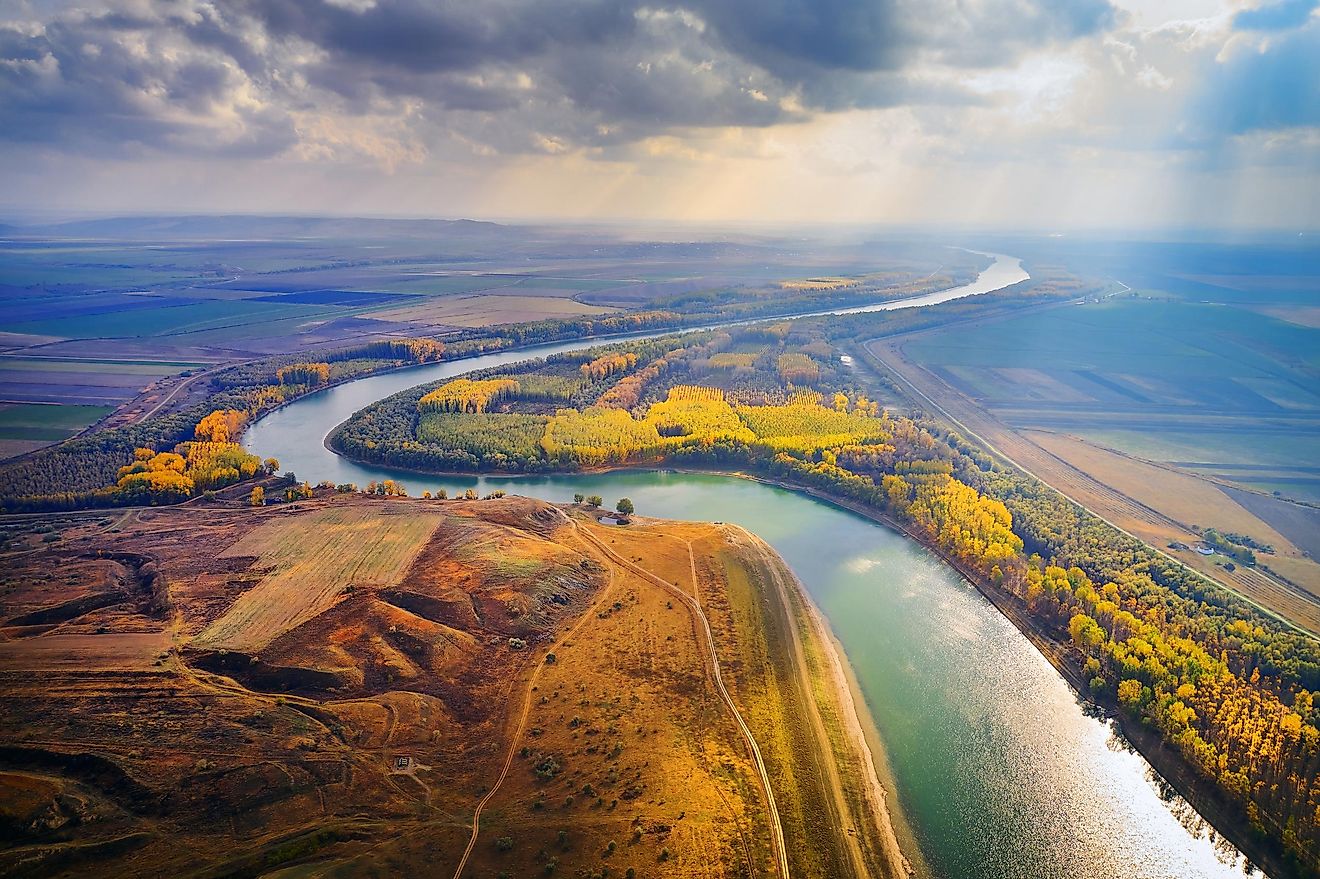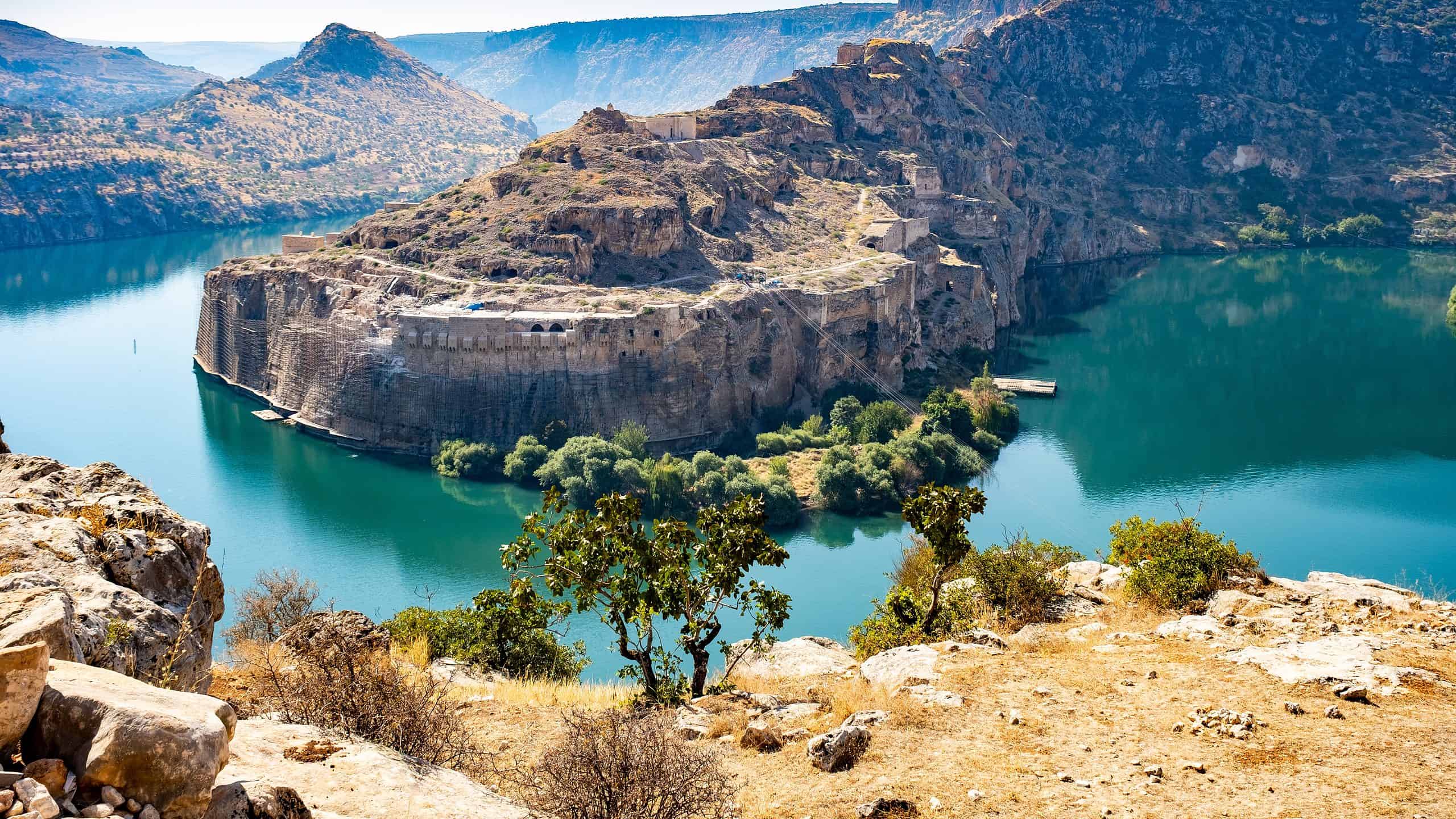Understanding River Rees Age: A Look At River Dynamics And Lifespans
Have you ever stopped to think about how old a river truly is, or perhaps what "age" even means when we talk about these flowing bodies of water? It's a fascinating thought, isn't it? When we hear a phrase like "River Rees age," our minds might first go to a person, wondering about their years. But in the context of the natural world, and specifically with a name that sounds so much like "rivers," it invites us to consider the enduring nature of water systems themselves. So, we're really going to explore the idea of a river's age, how these incredible natural features develop, and what makes them tick over time.
You know, rivers are a bit like living entities, constantly changing and shaping the land around them. They move water, carve canyons, and even support a whole lot of life. From the mighty Colorado River, famously held back by the Hoover Dam to create Lake Mead, to smaller streams, each one has its own story of development. That's a lot of water, by the way, with Lake Mead stretching about 115 miles long and covering nearly 225 square miles. So, it's pretty clear, understanding a river's journey involves looking at its physical characteristics and how it interacts with its surroundings.
This discussion about "River Rees age" gives us a chance to consider the dynamics of river systems, like their flow, temperature, and how human activities affect them. We'll touch on things like water moving at an average velocity of 3 meters per second, or how river water enters a condenser at 15°C and exits at 35°C to cool down process water. These details, you see, help us grasp the complex systems that make up a river's "life" or its enduring characteristics. It's really quite something to think about.
Table of Contents
- Understanding River Age: A Conceptual View
- River Rees Age: Exploring the Name
- River Characteristics and Dynamics
- FAQ About River Systems
Understanding River Age: A Conceptual View
When we talk about the "age" of a river, it's not quite like talking about a person's age. Rivers, you see, don't have a birth certificate or a single point in time when they began. Instead, their age is more about their geological formation, how long they've been flowing in their current path, and the processes that have shaped them over millennia. Some rivers are ancient, cutting through bedrock for millions of years, while others are relatively young, formed by more recent geological shifts or changes in climate. It's a bit like asking about the age of a mountain range; it's a gradual process, not a sudden event.
So, a river's "age" might refer to the time since its watershed was established, or how long it has been eroding its valley. For example, the Colorado River, which backs up to form Lake Mead, has been carving its way through the landscape for millions of years, creating truly incredible features like the Grand Canyon. That's a lot of time, isn't it? The physical evidence of a river's long existence is often right there in the landscape, showing us how it has slowly changed its surroundings.
Understanding this conceptual "age" also helps us appreciate the ongoing processes within a river. Things like the speed of the river current, or how a solid block rests partially submerged on the bottom, depending on the river depth, are all part of its continuous story. These elements are always in motion, shaping and reshaping the river's character. So, the "age" of a river is really a story of continuous change and interaction with its environment, which is pretty amazing to think about.
River Rees Age: Exploring the Name
When we consider the specific phrase "River Rees age," it's natural to wonder if it refers to a particular person or perhaps a specific river system. As a matter of fact, the information provided for this discussion primarily focuses on the characteristics and dynamics of rivers in general, rather than details about an individual named River Rees. This means that while the name itself sounds quite intriguing, our available text doesn't offer biographical data for a person or celebrity with that name. So, we're really looking at the broader concept of river lifespans and characteristics.
For instance, the text talks about the Colorado River and Lake Mead, giving us figures like the lake being 115 miles long. It also mentions a company specializing in water sports, "Extreme H2O," considering new experiences. These details, you see, point to the physical and commercial aspects of rivers, not to a personal history. Therefore, if you're looking for personal details or a biography of someone named River Rees, that information just isn't present in our source material. It's important to keep that in mind.
Given this, our discussion of "River Rees age" will center on the "river" part, exploring how rivers function and how their characteristics evolve over time, drawing from the provided text. We'll look at things like water velocity, temperature changes, and how human activities like power plants or pharmaceutical factories can affect river systems. This approach, you know, allows us to use the information we have to talk about the "age" or enduring nature of rivers in a meaningful way. It's a different angle, but still very relevant.
River Characteristics and Dynamics
Rivers are incredibly dynamic systems, constantly in motion and interacting with their surroundings. Understanding their characteristics and dynamics is key to appreciating their "age" and how they function. For instance, the text mentions a river flowing toward a lake at an average velocity of 3 meters per second, moving at a rate of 550 cubic meters per second. This kind of flow, you see, carries a lot of mechanical energy, especially when the river is at a location 90 meters above the lake surface. That's a significant amount of power, really.
Then there's the interaction with human infrastructure. We read about river water entering a condenser to cool down process water, with the inlet temperature at 15°C and exiting at 35°C. This shows how rivers are used in industrial processes, and how their thermal properties are put to work. It's a pretty practical application, you know. These interactions, both natural and human-made, contribute to the ongoing story of a river's life, or its "age" in a very real sense.
The concept of "river depth" also comes up, affecting how a solid block rests partially submerged on the bottom. This detail, in a way, highlights the physical properties that define a river at any given moment. All these elements – flow, temperature, depth, and human interaction – are interwoven, shaping the river's present state and its future path. So, when we talk about a river's age, it's about these continuous processes and changes.
Water Flow and Energy
The movement of water is, perhaps, the most defining characteristic of any river. We see this in the text, with a river flowing at an average velocity of 3 meters per second and a rate of 550 cubic meters per second. This consistent movement, you know, carries a tremendous amount of mechanical energy. Think about it: water moving downhill from a higher elevation, like 90 meters above a lake surface, has both kinetic energy from its speed and potential energy from its height. That's a powerful combination, isn't it?
This energy is what allows rivers to shape landscapes, erode rock, and transport sediment over vast distances. It's a continuous process, happening day in and day out, contributing to the river's long-term evolution. The sheer volume of water and its speed mean that even subtle changes over long periods can lead to dramatic geological features. So, the flow isn't just about moving water; it's about moving mountains, in a very slow and steady way, which is pretty cool.
Understanding this energy is also important for engineering projects, like dams or power plants, which aim to harness some of that power. The Hoover Dam, for example, uses the energy of the Colorado River to generate electricity. This interaction, you see, highlights how the river's natural energy is integrated into human systems, creating something like Lake Mead. It's a testament to the immense force contained within these flowing bodies, really.
Temperature and Heat Transfer
River water temperature is another important characteristic, playing a big role in the ecosystem and in human uses. The text mentions river water entering a condenser at 15°C and leaving at 35°C, used to cool down process water from a turbine. This shows a significant transfer of heat, doesn't it? Rivers often act as natural heat sinks, absorbing warmth from the environment or from industrial processes. That's a pretty important function.
This temperature change, in a way, affects everything from aquatic life to the efficiency of industrial operations. Fish and other organisms are very sensitive to water temperature, so changes can have a big impact on their habitats. Similarly, industries rely on rivers for cooling, so maintaining certain temperature ranges is essential for their operations. It's a delicate balance, really.
The rate of heat transfer to river water is a key consideration for environmental health and industrial planning. When a power plant dumps byproducts, for instance, it can create a negative externality for those living downstream, potentially raising water temperatures beyond what's healthy for the ecosystem. So, the thermal properties of a river are a vital part of its overall "health" and how it interacts with human activities, which is something we definitely need to consider.
Human Impact on River Systems
Human activities have a very significant impact on rivers, shaping their characteristics and, in a way, their "age" or lifespan. The text touches on several examples, such as power plants dumping byproducts into a river, creating a negative externality for downstream communities. This kind of pollution, you see, can alter water quality, affect aquatic life, and change the very nature of the river over time. It's a big responsibility, really.
Another example is the pharmaceutical factory dumping toxic waste into a nearby river, which also creates a negative externality. These actions introduce substances that don't naturally belong in the river, impacting its health and usability for others. It's a clear example of how human choices can have far-reaching effects on these natural systems. So, the way we manage our waste is pretty important.
On the other hand, there are also positive human interactions, like companies specializing in water sports, or businesses like River Pools and Spas noticing changing consumer needs for great content on their websites. These examples show how people interact with rivers for recreation and business, highlighting their value beyond just industrial use. The "age" of a river, then, is also a story of its relationship with human society, and how we choose to use and protect these vital resources. Learn more about river conservation efforts on our site, and link to this page understanding river ecosystems.
FAQ About River Systems
People often have questions about rivers, their properties, and how they change over time. Here are a few common inquiries related to river systems and their characteristics, drawing from the concepts in our discussion.
How does the age of a river impact its flow?
Well, a river's "age," in terms of its geological development, tends to influence its flow characteristics quite a bit. Older, more mature rivers often have broader valleys and a more meandering path, which can affect the speed and volume of water. Younger rivers, on the other hand, might flow more swiftly through narrower, steeper channels. So, the landscape carved over time really shapes how the water moves, you know.
What factors influence the "age" or lifespan of a river system?
Several factors play a part in a river system's "age" or its long-term existence. Geological forces, like tectonic plate movements and erosion, are primary drivers, shaping the river's path and basin over millions of years. Climate patterns also matter a lot, affecting water supply through rainfall and snowmelt. Human activities, too, like dam construction—think of the Hoover Dam and Lake Mead—or water diversion, can significantly alter a river's natural course and characteristics, which in a way, impacts its long-term future. It's a combination of many things, really.
Is there a way to estimate the age of river water itself?
Estimating the "age" of river water, meaning how long a specific parcel of water has been within a river system, is a complex process. Scientists use various methods, including tracing isotopes and chemical markers, to understand how long water stays in different parts of a river or a connected lake. For instance, the inlet temperature of river water at 15°C and its exit at 35°C in a condenser shows how water moves through systems and changes, but its journey can be quite varied. So, while it's not a simple number, there are ways to get an idea of water's journey time, which is pretty interesting.

Colorado River In The Grand Canyon – America's Most Endangered Rivers

10 Longest Rivers In Europe - WorldAtlas

How Deep Is the Euphrates River? - A-Z Animals